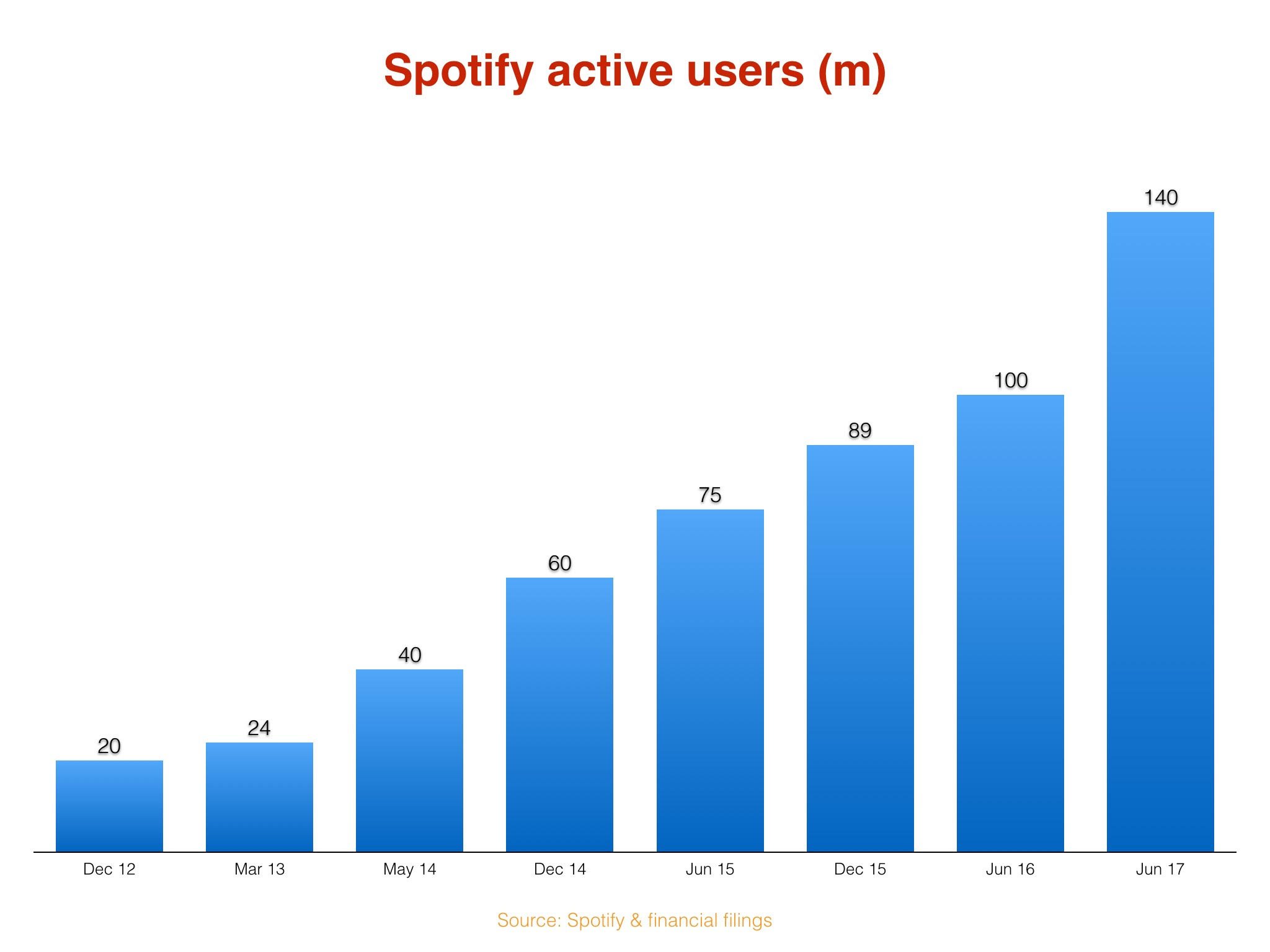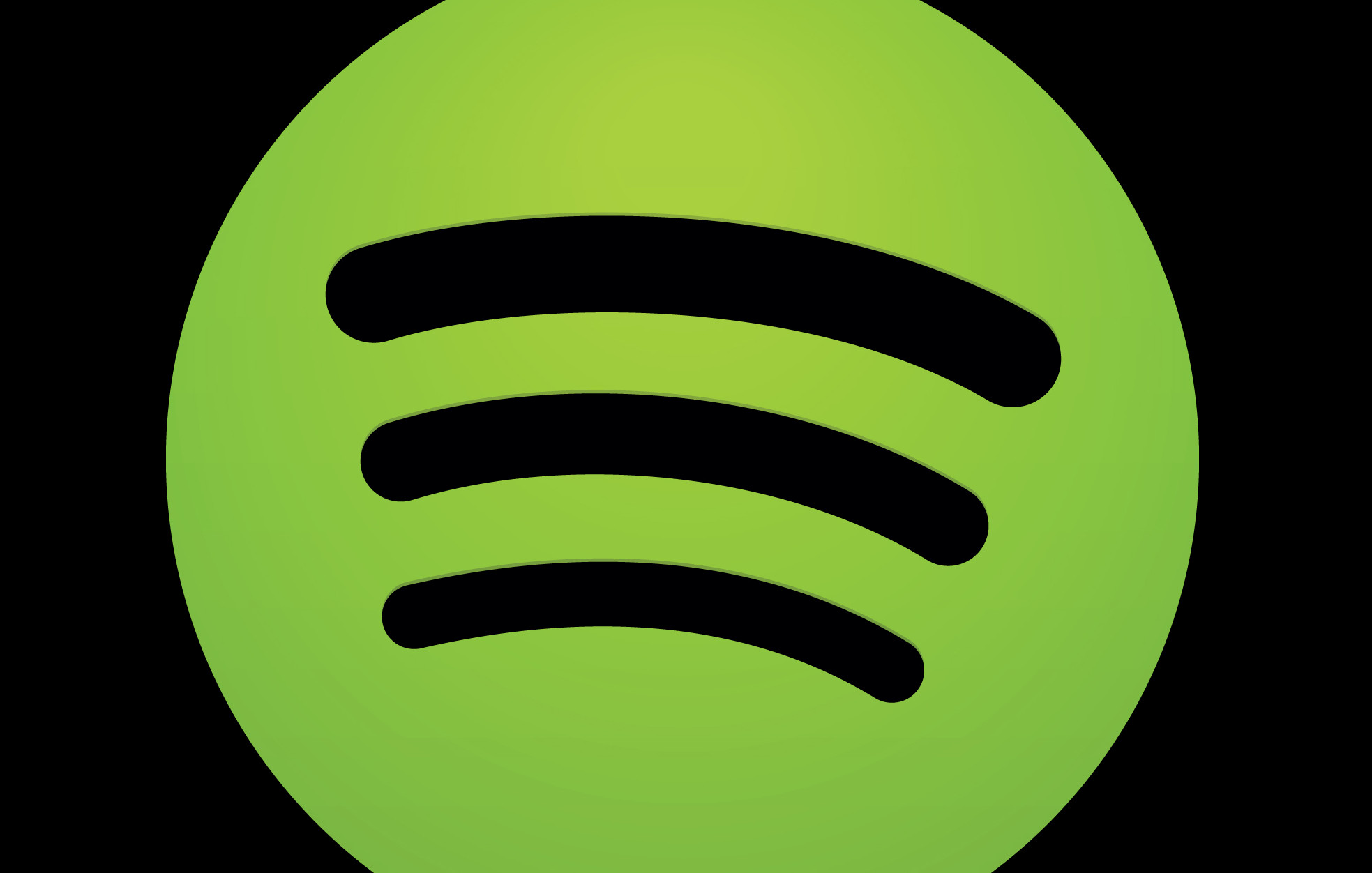

The vast majority of creators still don't generate any money. Podcasting has been greatly constrained as a business since its inception nearly 20 years ago. While this notion will likely irk some readers, consider the potential benefits to the medium. Tomorrow, it seems as if a podcast will look a lot like the talk shows many of us grew up watching on television – and many watch on platforms like YouTube today. Today a podcast is an episode of audio content featuring people talking. In a world where every podcast includes video, every platform supports video, and video-first shows are more engaging for users, and therefore more valuable for creators, it's fair to wonder if people will stop making "podcasts" as we know them today. All of this begs an important question, will podcasts go away? As a result, creators who want their content to be discovered will likely find themselves producing more videos over time. And engagement with video has proven to be much more valuable in this new distribution model. Major media platforms have begun shifting away from social media and more towards recommendation media (which I recently wrote about), which favors engagement over friendship graphs. After all, what's the difference between a video podcast of people talking to each other and a traditional talk show? Not much. Podcasters will look beyond the limitations of audio-only to create shows that may not even look or sound much like podcasts at all. Just as the products will evolve to meet the new demand for video, so too will creators' content. Podcast video recording platform Riverside recently raised $35 million in venture capital.įollowing the consistent trend of all other forms of media on the internet, the friction to create video podcasts is likely to drop dramatically over the coming years, enabling many millions more people to participate in the medium.
#Spotify news articles software#
Podcast editing software Descript seems to be making a big push into video. Before I left Spotify (where I led the Talk audio businesses) earlier this year, Anchor adapted its product to have better support for videos, and expanded the availability of these features several months later. You're already seeing this play out in real-time.


More and more tools will adapt to the ever-changing world of podcasts. But once podcasts are a part of the video ad market, all boats should rise. It's long been discussed how challenging it is for podcasters to generate ad revenue because of the limited tools, data, advertisers, and infrastructure to support a significantly larger podcast ad market. This should be welcome news for any creator in the podcasting space. The opportunity for podcasters to generate meaningful revenue, and capture a slice of the overall video market, will grow significantly. As more and more podcasters turn to video, more revenue will be unlocked for their shows. In other words, the video market is vastly bigger than the podcast market. YouTube, on the other hand, generated nearly $29 billion in video ad revenue in 2021 alone. Podcast revenues are expected to exceed $2 billion in 2022. But what happens next? The opportunity for podcasts will get much, much bigger

And Spotify has recently expanded video podcasts to more creators around the world. Only a few weeks ago, YouTube announced more dedicated support for podcasts. The shift from audio to video for podcasts is only accelerating. And perhaps most importantly, it produced more revenue for creators and platforms, given the relative value of video to audio for brands and marketers. Not only would people listen, but when their eyes were free, they would also watch, investing even more of their attention in their favorite shows, creating an even stronger relationship between fan and creator. Creators quickly learned, just as platforms did years ago, that video produced more engagement. Engagementīut it wasn't all about distribution. Plus, they could take their video episodes and cut them into promotional clips that were easily shareable on social video platforms like Instagram and TikTok, giving them even more potential reach.įor creators, this unlocked potential exposure to millions of new fans who weren't using traditional podcast consumption products. No longer did it only make sense to publish their podcasts on Spotify and Apple Podcasts now, they could also distribute to platforms like YouTube and have their content fit in right at home alongside an ocean of other videos, many of which didn't look much different than their podcasts.


 0 kommentar(er)
0 kommentar(er)
